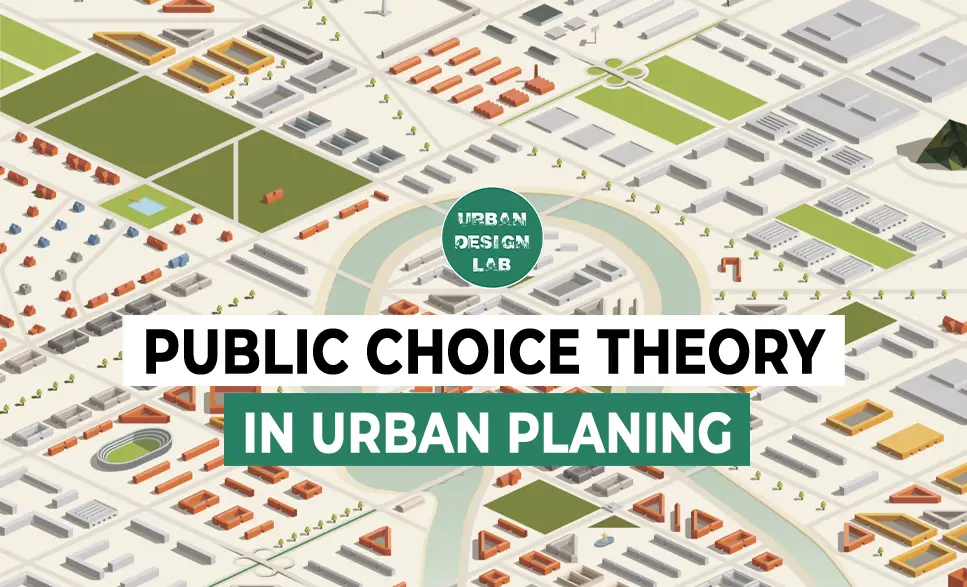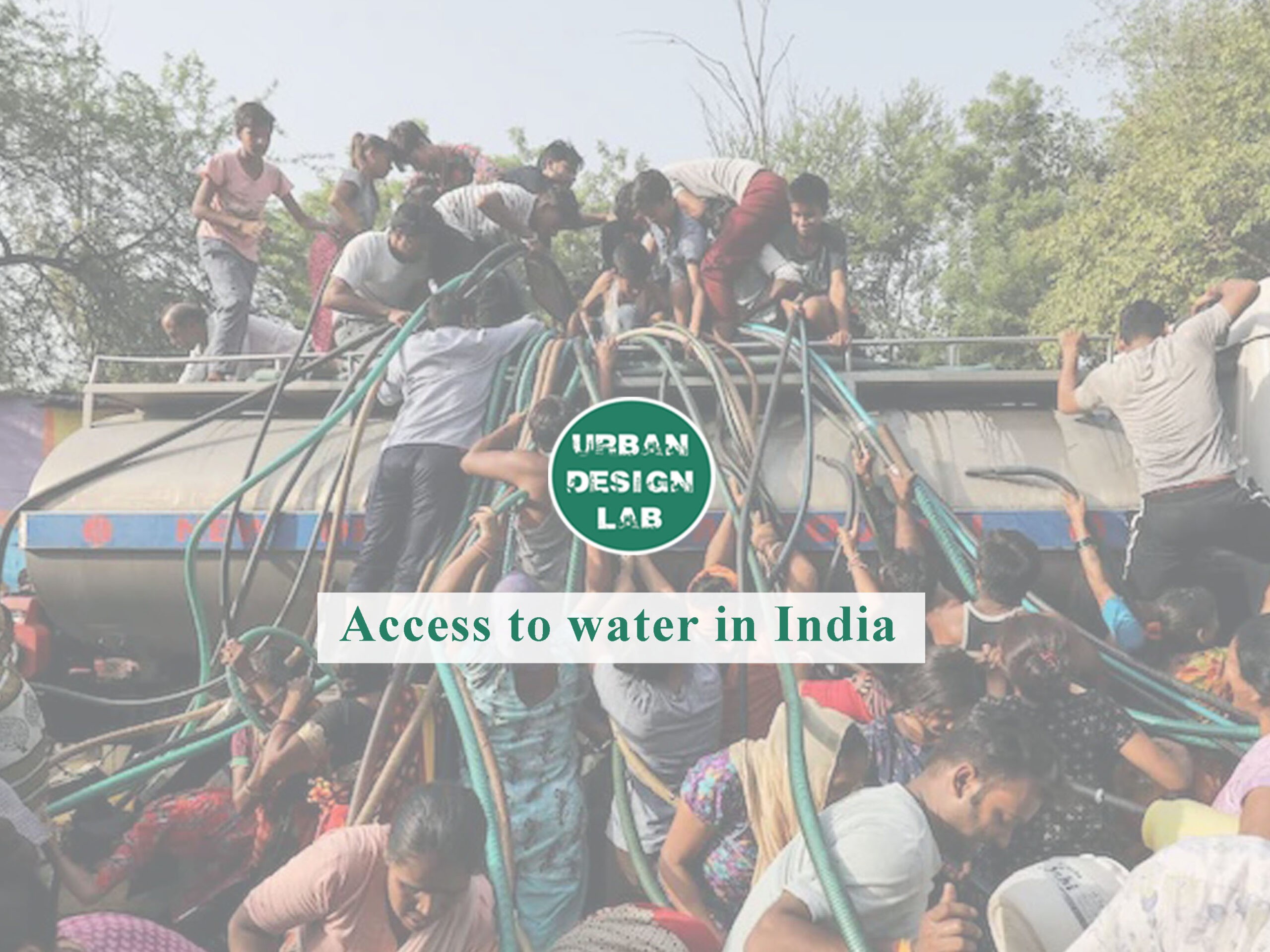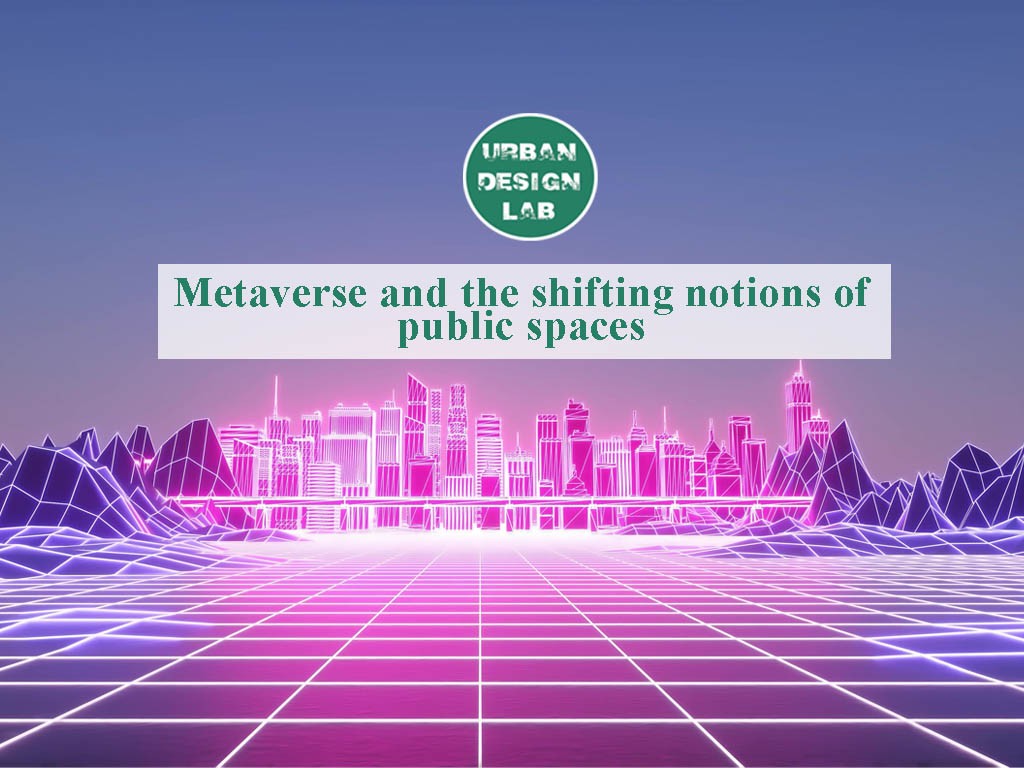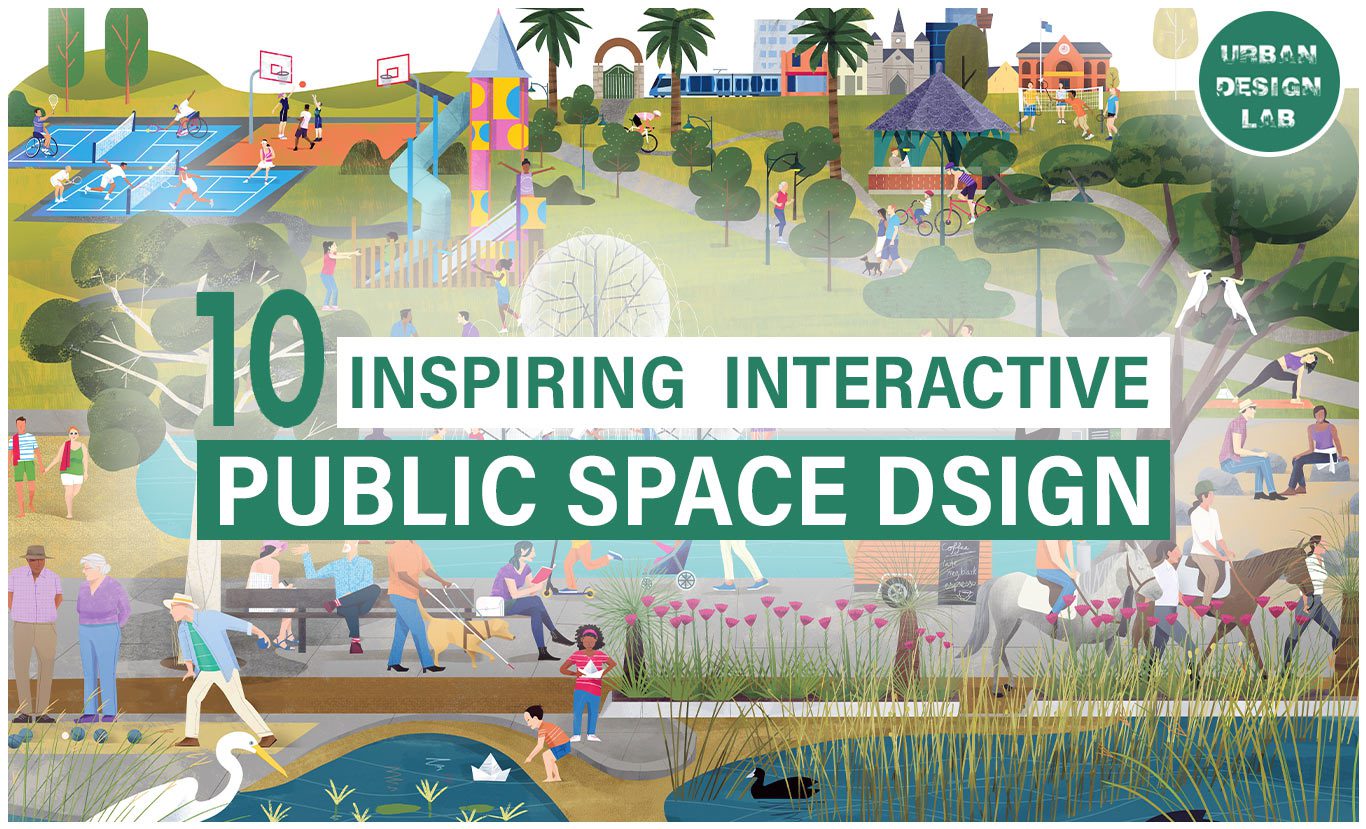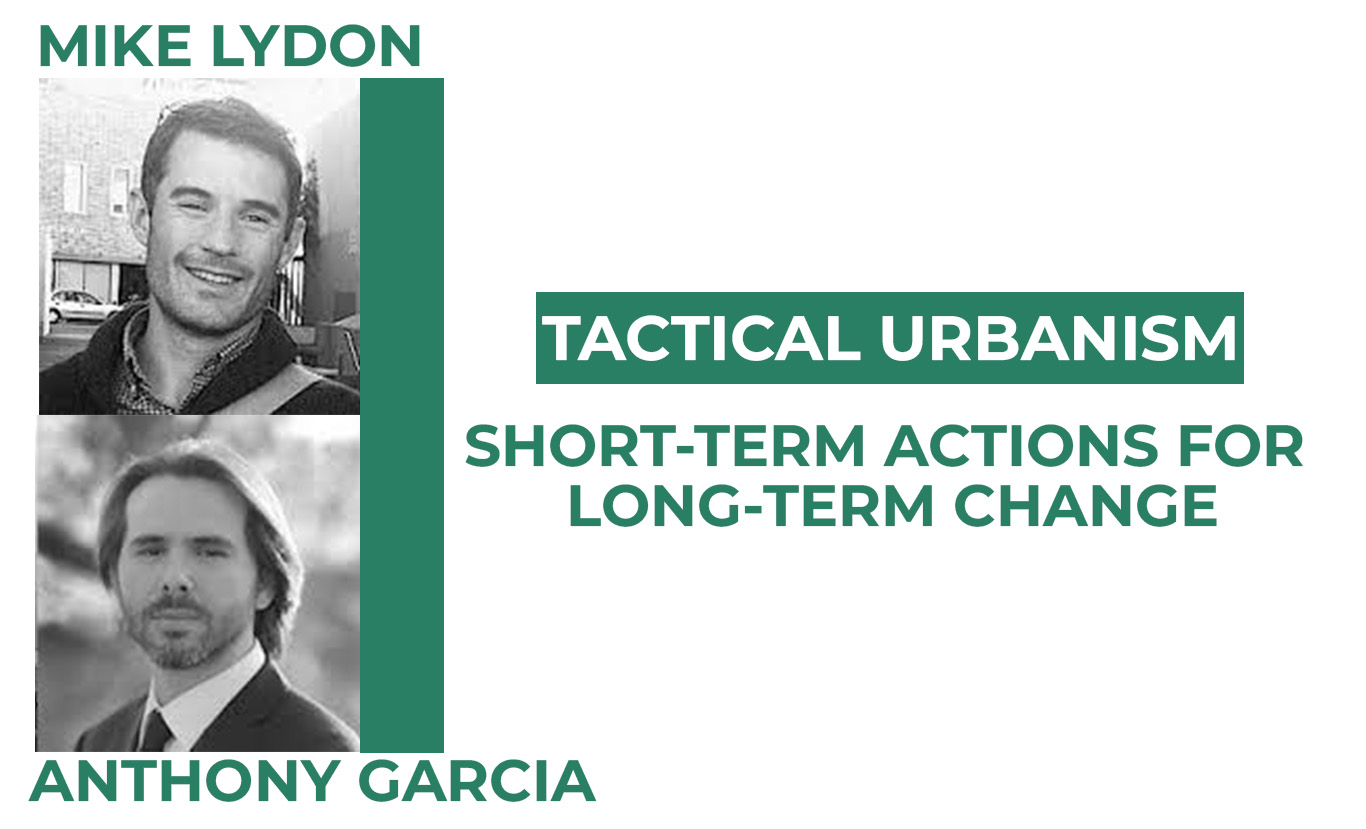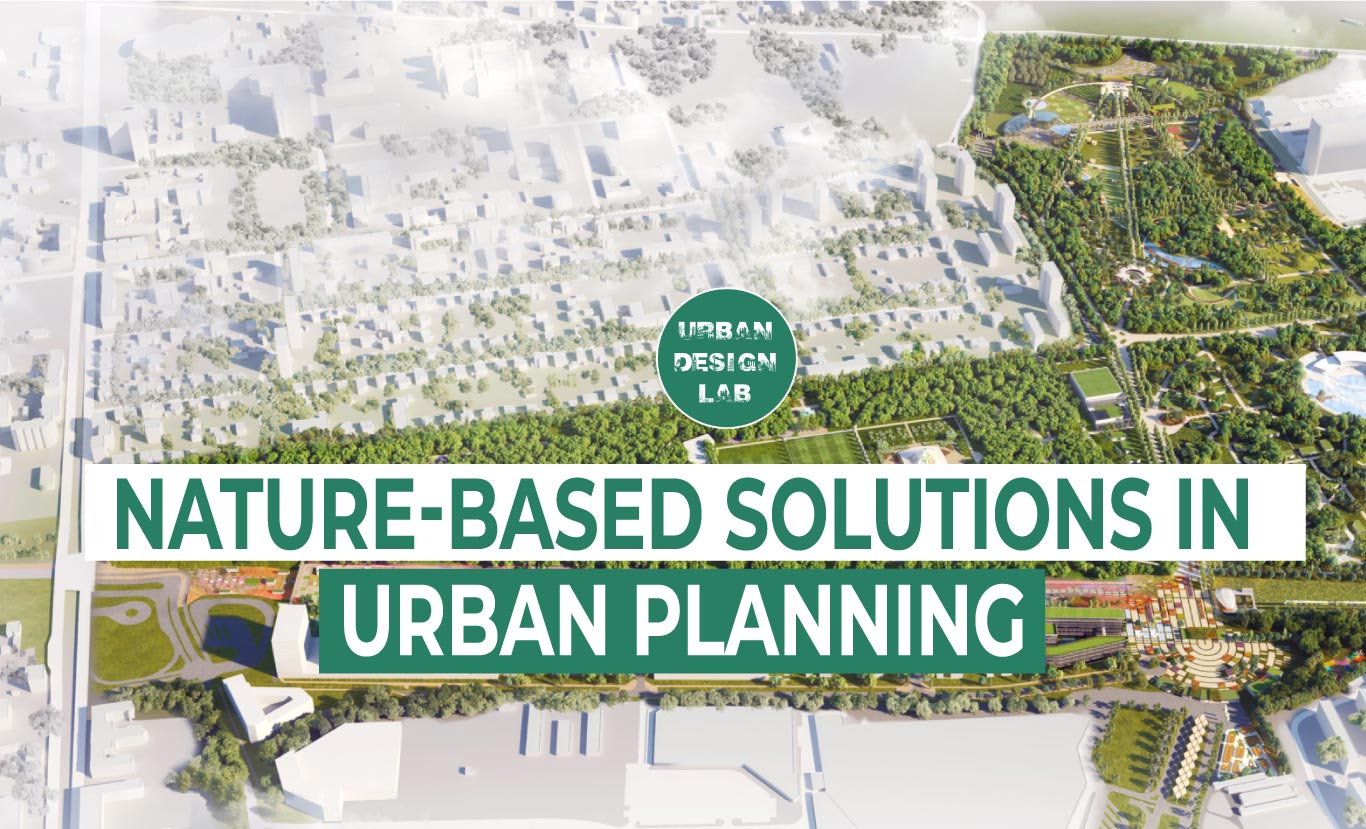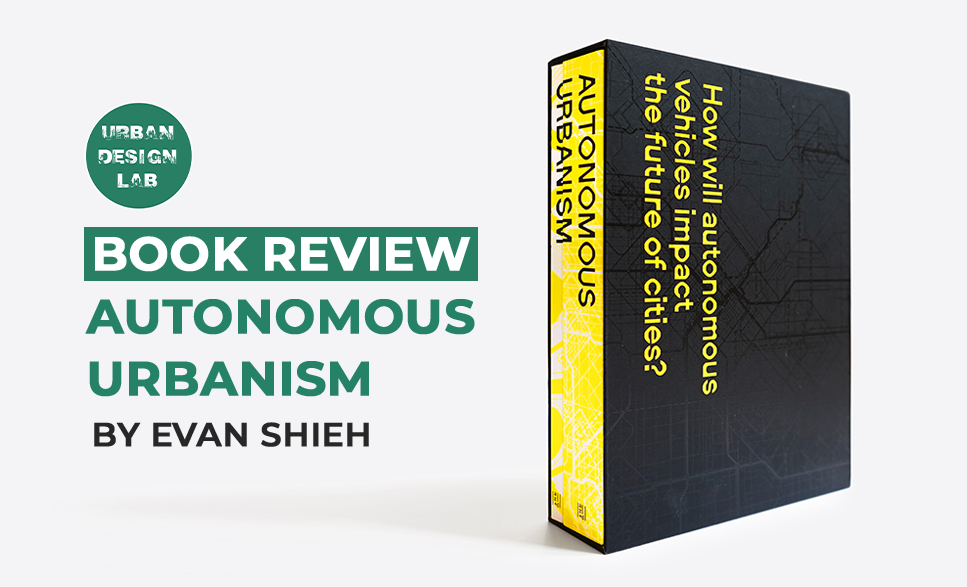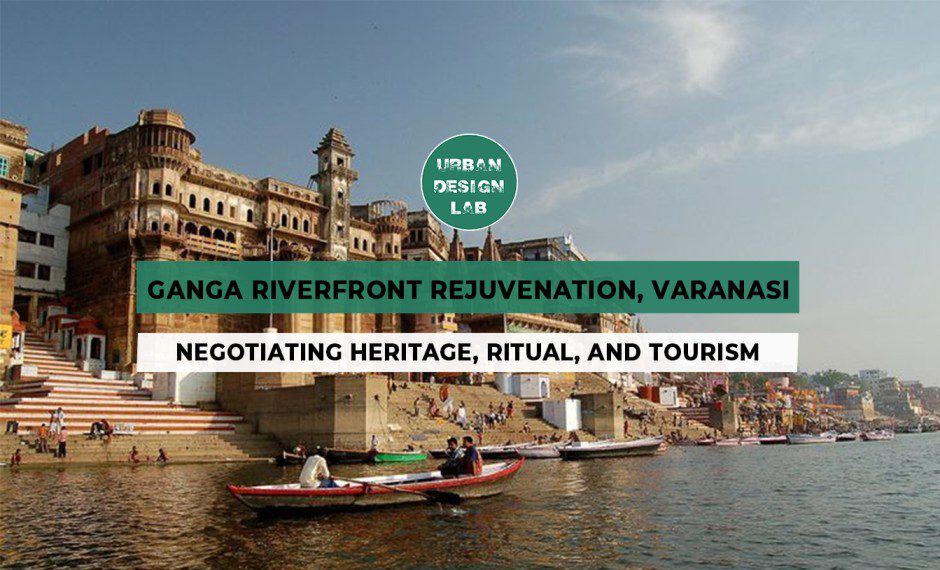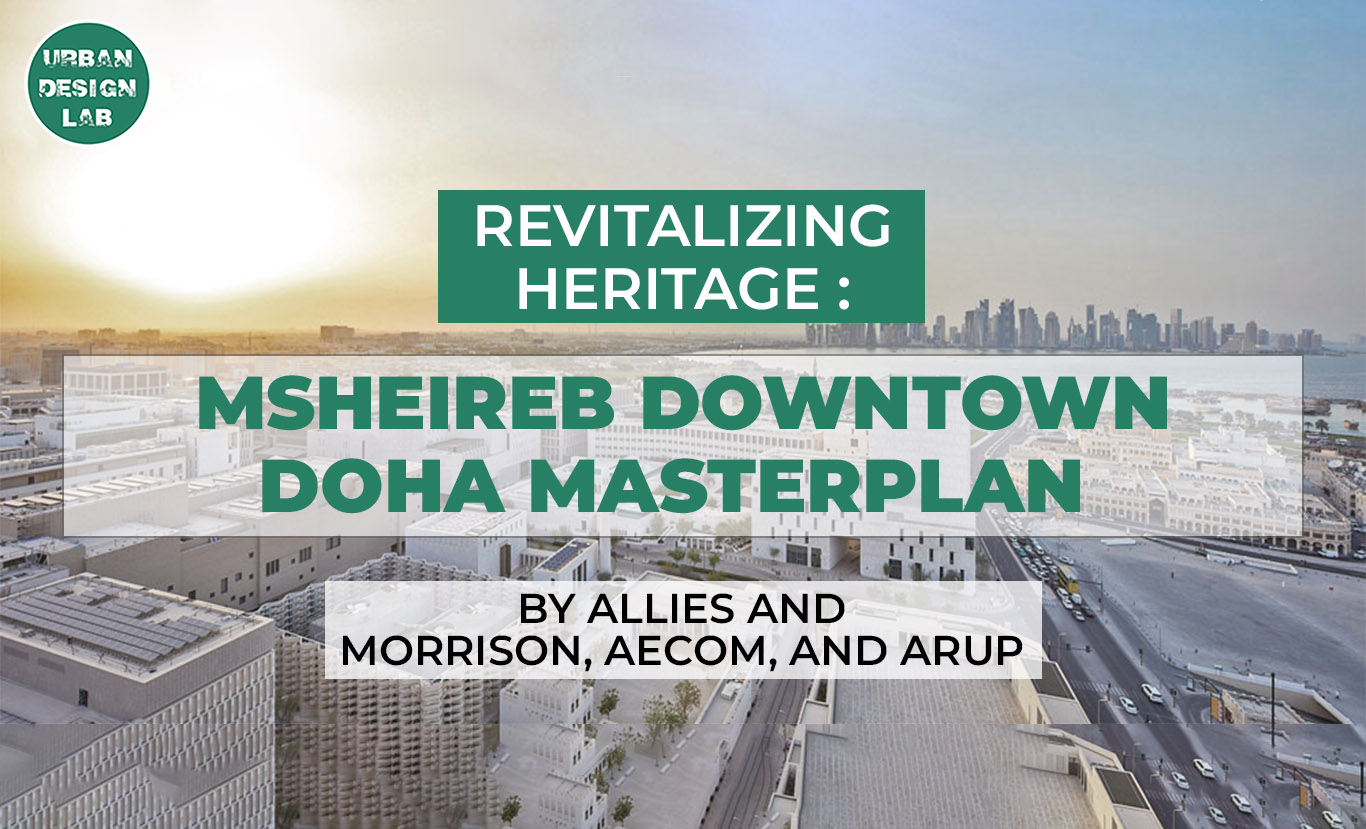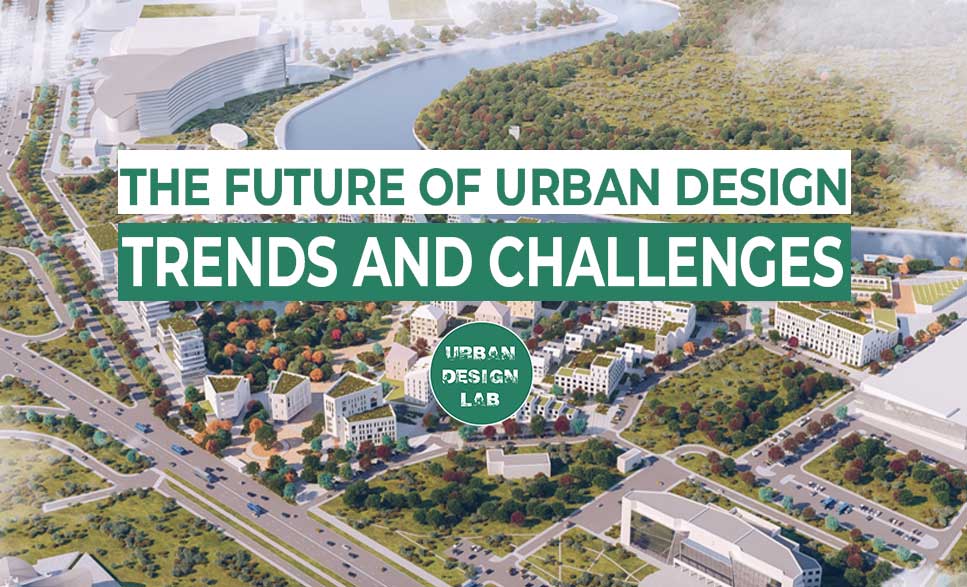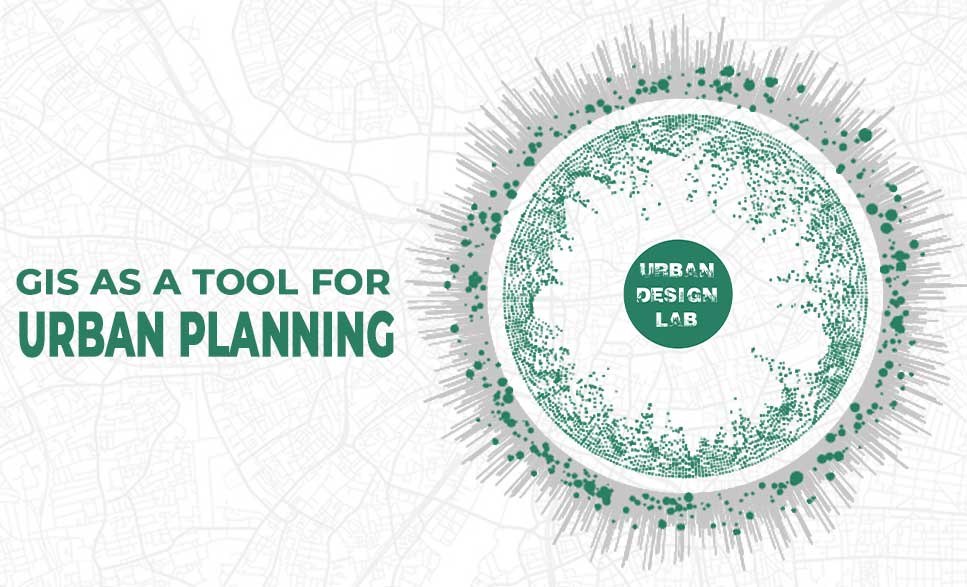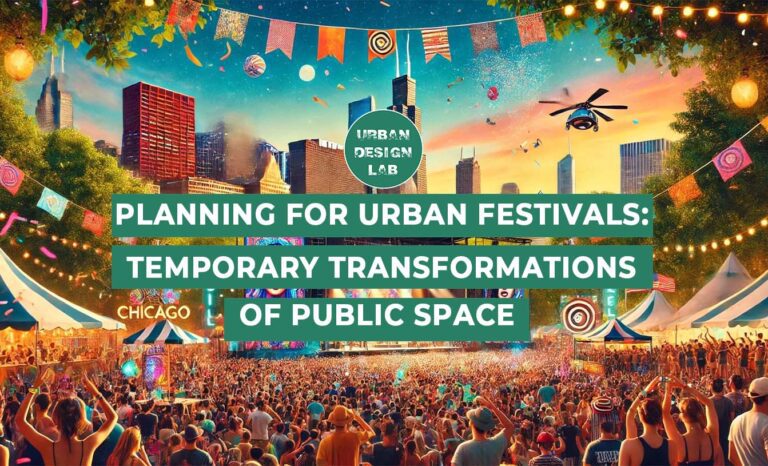
Urban festivals and Public spaces
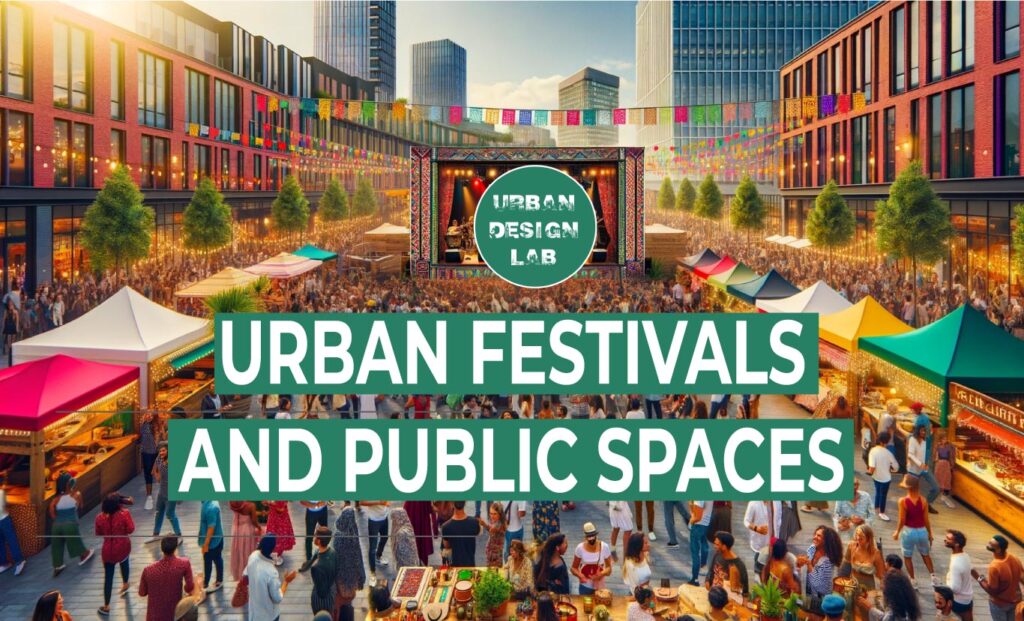
Urban festivals around the world are indeed a vibrant and essential part of the cultural landscape, celebrated with great enthusiasm and known for their unique blend of culture, art, music, and community spirit. These festivals, often deeply rooted in the history and traditions of the cities they are held in, offer a window into the diverse ways in which urban communities come together to celebrate their heritage, creativity, and sense of togetherness.
1. Carnival of Rio de Janeiro, Brazil:
The Rio Carnival stands as a shining example of how public spaces can be dynamically transformed into epicenters of cultural expression and unity. During this iconic festival, the streets and squares of Rio de Janeiro undergo a remarkable metamorphosis, turning into pulsating stages that showcase the city’s rich cultural tapestry. At the heart of this transformation are the samba parades, a vibrant display of rhythm, color, and movement that captures the essence of Rio’s cultural identity.
These public arenas become much more than mere physical spaces; they evolve into melting pots of artistic expression. Here, art, music, and dance intertwine seamlessly, creating an atmosphere that is both electrifying and inclusive. The samba, with its infectious beats and elaborate costumes, is not just a dance but a medium through which stories are told and traditions are celebrated. It’s a rhythmic language that speaks of heritage, resilience, and joy.

2. Mardi Gras, New Orleans, USA
Mardi Gras, the iconic festival celebrated in New Orleans, serves as a vibrant testament to the power of public spaces in preserving and celebrating cultural heritage. Each year, the streets of this historic city transform into a bustling canvas, alive with the sounds of jazz, the sight of elaborate parades, and the energy of countless parties. This isn’t just a festival; it’s a living, breathing showcase of New Orleans’ rich history and traditions. The open areas of the city, from the grand avenues to the quaint side streets, become more than mere venues for celebration. They are the lifeblood of the city’s cultural identity, a place where history is not only remembered but vivaciously lived out. In the colorful floats, the vibrant costumes, and the joyful music, one can see the threads of history and community weaving together, creating a tapestry that is uniquely New Orleans. Mardi Gras is a reminder of how vital these public spaces are, not just for a city’s identity, but for the collective soul of its people, offering a space where tradition can thrive and continue to evolve in the most spectacular of ways.

3. La Tomatina, Buñol, Spain
The La Tomatina festival, held in the small town of Buñol in Spain, is a shining example of how public spaces can play a crucial role in fostering community participation and unity. Once a year, the town’s streets are flooded not just with people, but with a sea of ripe tomatoes, as thousands gather for the world’s largest tomato fight. This unique event transforms the ordinary streets into a vibrant arena of collective joy and exuberant celebration.
Participants from all walks of life and different corners of the globe come together, united by the simple act of throwing tomatoes. In these moments, the streets of Buñol become more than just public spaces; they turn into symbols of shared experiences and communal revelry. The laughter, the shouts, and the playful spirit of the event highlight the importance of communal areas in building and strengthening social bond

4. Oktoberfest, Munich, Germany
Oktoberfest, held annually in Munich, Germany, is renowned as the world’s largest beer festival and a grand celebration of Bavarian culture. This iconic event is much more than just a beer festival; it’s a vibrant showcase of rich traditions, offering a deep dive into the heart of Bavarian heritage. Visitors from all corners of the globe flock to Munich to partake in this festive gathering, which features an array of traditional Bavarian foods, from savory sausages to delicious pretzels, and an assortment of mouth-watering local delicacies.
The air at Oktoberfest is filled with the lively sounds of folk music, with bands playing traditional Bavarian tunes, creating an atmosphere that’s both joyous and nostalgic. The festival grounds are dotted with massive beer tents, each offering a variety of beers brewed in accordance with the strict Bavarian Purity Law, ensuring that attendees enjoy only the finest quality brews.
The public spaces in Munich, transformed into a giant fairground, underscore the economic and cultural significance of such areas. They facilitate large-scale events that not only celebrate cultural traditions but also bring substantial economic benefits through tourism and local business engagement.
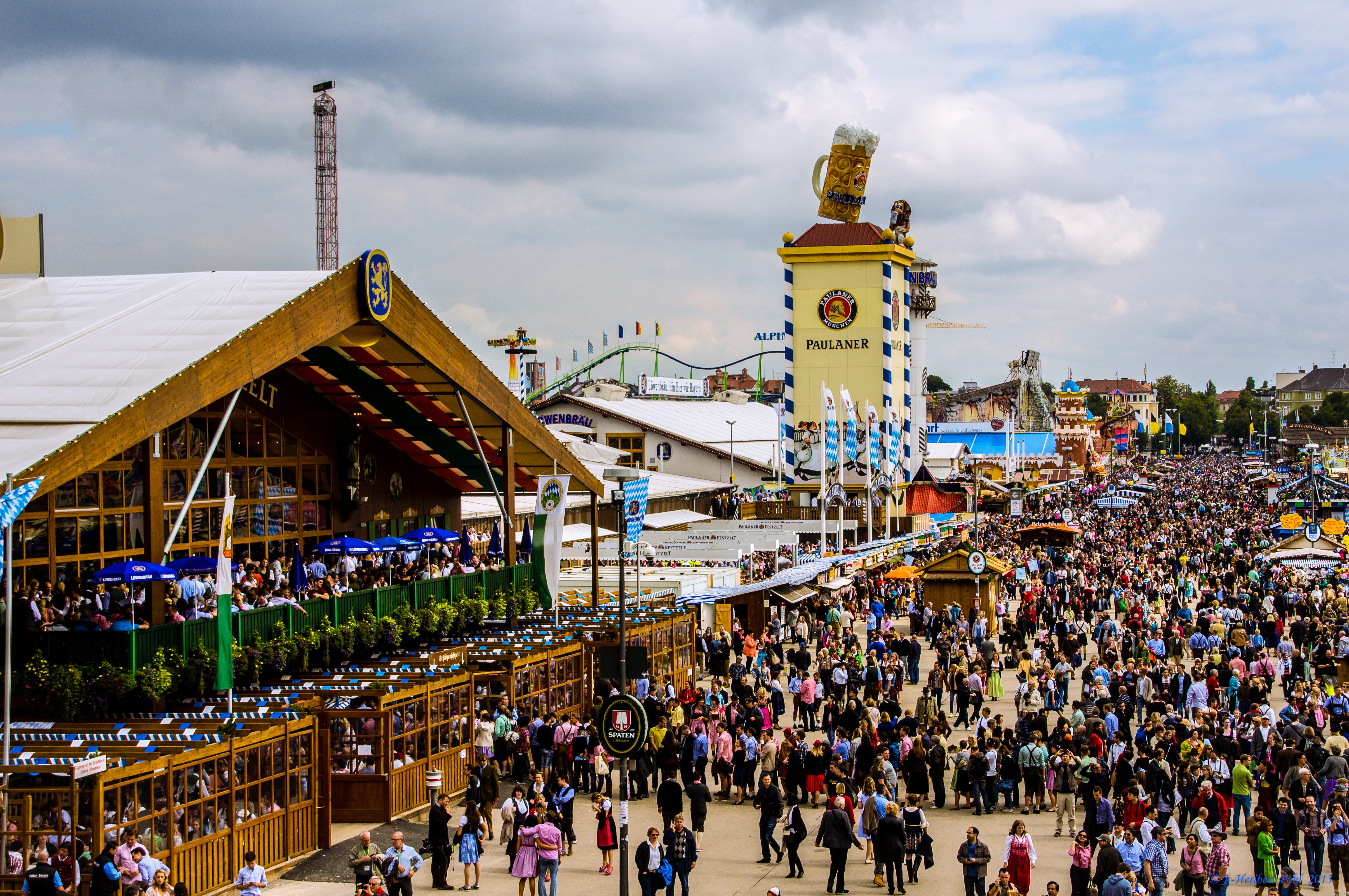
5. Diwali, India
Diwali, also known as the Festival of Lights, is one of the most significant and joyous celebrations in India, symbolizing the triumph of light over darkness and good over evil. During this festival, the lighting of fireworks and lamps, especially in public spaces, plays a crucial role in enhancing social cohesion and unity. Across towns and cities, streets, parks, and community centers are adorned with rows of twinkling diyas (clay lamps), and the night sky is illuminated with a spectacular display of fireworks.
These public spaces become vibrant hubs of communal activity, drawing people from all walks of life. The beauty of Diwali lies not just in the physical illumination of spaces but in the way it lights up hearts and brings people together. Regardless of social strata, age, or background, everyone joins in the festivities, sharing sweets, exchanging greetings, and enjoying the dazzling displays of lights and fireworks.
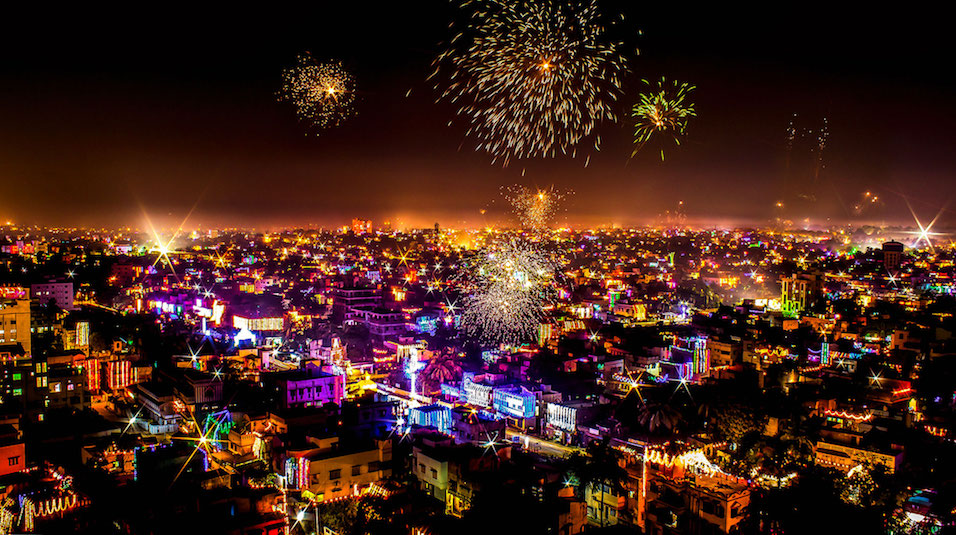
6. Harbin Ice and Snow Festival, China
The Harbin Ice and Snow Festival in China is a spectacular event that transforms the city’s public spaces into mesmerizing galleries of ice and snow art. This annual festival, one of the largest of its kind in the world, showcases the creative and innovative use of urban spaces, turning them into a wonderland of crystal-like ice sculptures and snow creations.
During the festival, the streets, parks, and squares of Harbin are adorned with intricately carved ice sculptures, some towering several meters high, illuminated by vibrant lights that give them an ethereal glow. These sculptures range from replicas of famous landmarks to imaginative figures and abstract designs, each a testament to the skill and creativity of the artists.
This transformation of public spaces into art galleries not only beautifies the city but also attracts tourists from all over the globe, turning Harbin into a bustling hub of international tourism during the festival. Visitors are drawn not only by the artistic beauty of the ice sculptures but also by the unique experience of exploring a city that fully embraces its cold climate to create something magical and awe-inspiring.
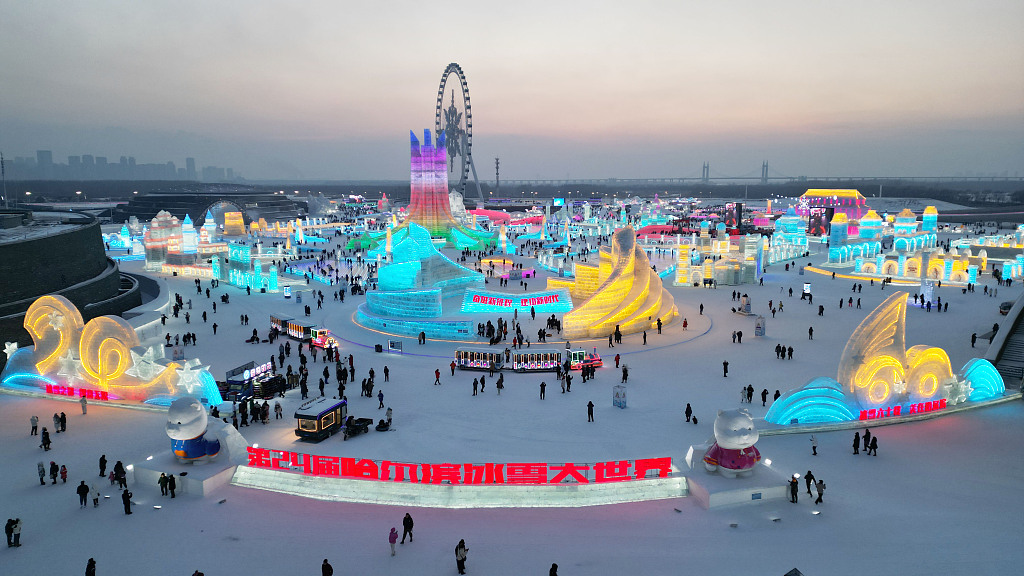
7. Edinburgh Festival Fringe, Scotland
The Edinburgh Festival Fringe in Scotland is a remarkable event that epitomizes the transformation of a city into a vibrant hub for artistic expression. Utilizing a wide array of public spaces, from theaters and parks to streets and historic buildings, the festival engulfs Edinburgh in an atmosphere of creativity and performance. It stands as the world’s largest arts festival, offering an open platform for artists from all corners of the globe to showcase their talents.
During the festival, Edinburgh’s public venues come alive with an eclectic mix of performances, including theater, comedy, dance, circus, cabaret, opera, music, and more. These spaces, which might otherwise serve more conventional urban functions, become stages for artistic innovation and experimentation. The diversity of venues – ranging from grand theaters to intimate cafes and open-air spaces – allows for a wide variety of performances, making the arts accessible to a broad audience.
The festival’s use of public spaces is a testament to their potential in enriching urban life. These spaces become more than just physical locations; they are catalysts for community engagement, artistic collaboration, and cultural dialogue. The Edinburgh Festival Fringe demonstrates how public venues can be effectively harnessed to celebrate creativity, encourage diversity, and promote cultural understanding, making the city not just a backdrop for the festival, but an integral part of the artistic experience itself.

8. King's Day (Koningsdag), Amsterdam, Netherlands
King’s Day (Koningsdag) in Amsterdam, Netherlands, is a striking example of how urban spaces can be instrumental in fostering national identity and community spirit. Celebrated annually in honor of King Willem-Alexander’s birthday, this national holiday sees Amsterdam undergo a remarkable transformation, turning the city into a vibrant tapestry of orange, the national color of the Netherlands.
During King’s Day, the streets, canals, and squares of Amsterdam become bustling centers of celebration, filled with people dressed in orange, symbolizing national pride and unity. The city’s famous canals are lined with boats of all sizes, hosting floating parties, while the streets are packed with people enjoying live music, traditional Dutch games, and a variety of street food.
One of the most unique aspects of King’s Day is the vrijmarkt, or “free market,” where locals set up stalls to sell second-hand items, turning public spaces into giant flea markets. This tradition not only encourages a sense of community and sustainability but also allows for a unique interaction among residents and visitors, as they browse, haggle, and share stories.
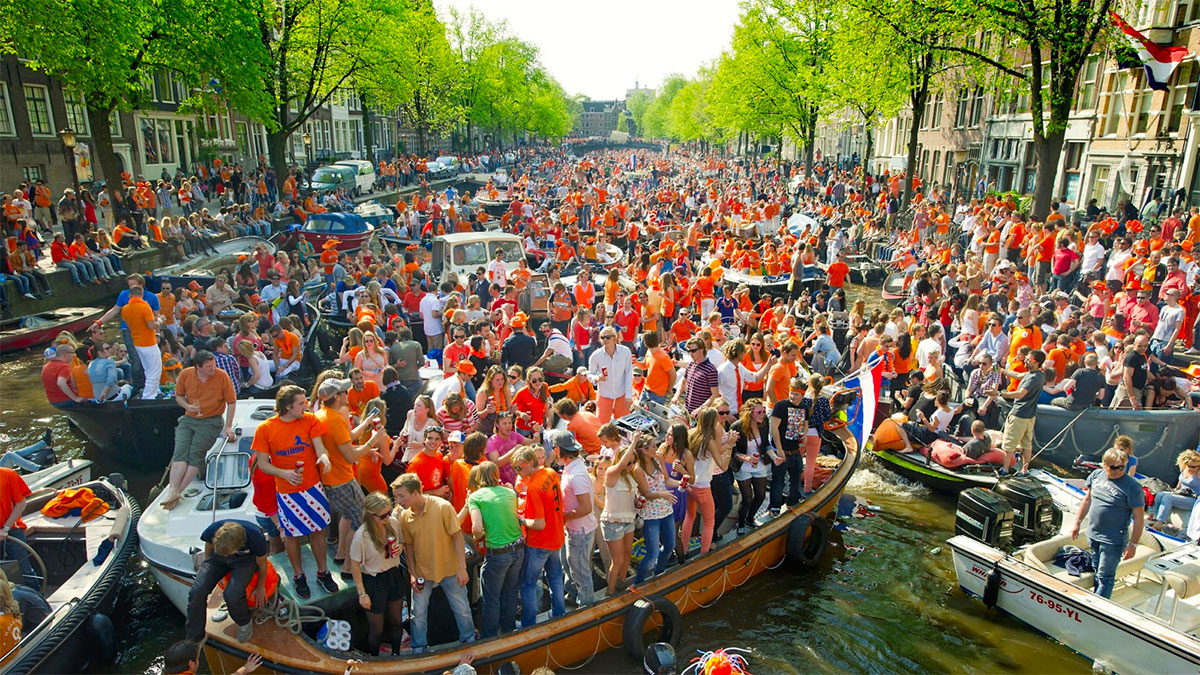
9. Sydney Gay and Lesbian Mardi Gras, Australia:
The Sydney Gay and Lesbian Mardi Gras in Australia is a powerful example of how public spaces can be utilized to advocate for social causes and champion the rights and diversity of the LGBTQ+ community. This annual event transforms the streets of Sydney into vibrant platforms for parades, protests, and celebrations, highlighting the crucial role of public areas in promoting inclusivity and equality.
During the festival, the city’s streets are adorned with rainbow colors, symbolizing pride and diversity. The main parade is a spectacular display of creativity and resilience, featuring elaborate floats, captivating performances, and thousands of participants marching in solidarity. This procession is not just a celebration but also a powerful form of advocacy, providing visibility to the LGBTQ+ community and their ongoing fight for equality and acceptance.
The Sydney Mardi Gras goes beyond mere celebration; it’s a platform for expressing community solidarity and raising awareness about important issues facing the LGBTQ+ community. It’s an opportunity for people from all walks of life to come together and show their support, making a strong statement about the value of diversity and the importance of equal rights for all.
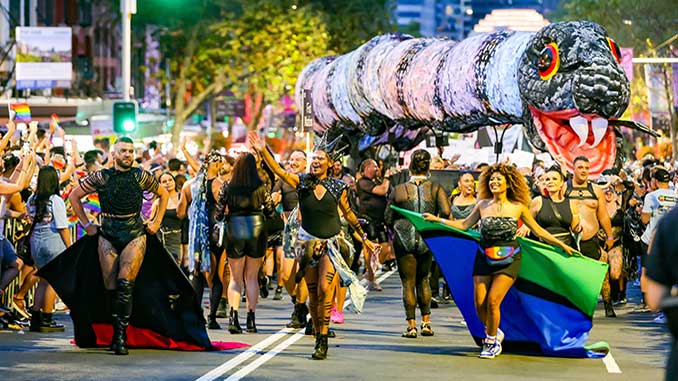
10. Running of the Bulls, Pamplona, Spain
The Running of the Bulls in Pamplona, Spain, is a striking example of how urban spaces can be utilized for traditional events, blending age-old customs with modern-day tourism. This event, part of the San Fermín festival, transforms the streets of Pamplona into a thrilling arena, where the daring and the adventurous run ahead of a herd of bulls.
Each year, for a few days in July, the usually tranquil streets of Pamplona are thronged with participants and spectators from around the world. The event starts with the firing of a rocket, signaling the release of the bulls, and for a few intense minutes, the narrow, winding streets of the old town become the stage for a heart-pounding spectacle. Runners, dressed in traditional white outfits with red scarves, dash ahead of the bulls, testing their courage and agility.
The Running of the Bulls is deeply rooted in history, with origins dating back centuries. It is a blend of religious ceremony, local folklore, and communal celebration. While the event has attracted criticism from animal rights groups, it remains a significant part of Pamplona’s cultural identity, drawing thousands of visitors each year and contributing significantly to the local economy.
In essence, the Running of the Bulls is a vivid example of how traditional events can adapt to the modern era, using urban spaces to bridge the gap between the past and the present, and in doing so, keeping cultural heritage alive while contributing to contemporary tourism and global cultural exchange.
:max_bytes(150000):strip_icc()/day-8---san-fermin-running-of-the-bulls-2017-813676654-5b34161f46e0fb0037937299.jpg)
11. Venice Carnival, Italy
The Venice Carnival in Italy is a magnificent event that beautifully illustrates the integral role of the city’s public squares and canals in urban cultural life. This annual festival, known for its elaborate masks and costumes, transforms Venice into a living theater, where history and fantasy intertwine against a backdrop of stunning historical architecture.
During the carnival, the city’s public spaces, particularly the iconic Piazza San Marco and the meandering canals, become stages for a myriad of events. These range from grand masquerade balls and opulent costume parades to street performances and impromptu gatherings. The historic squares, with their centuries-old buildings, and the canals, lined with Gothic and Renaissance palaces, provide a uniquely atmospheric setting for the carnival’s festivities.
The Venice Carnival is not just a celebration of costumes and masks; it’s a homage to the city’s rich cultural heritage. The event highlights the blend of Venice’s historical architecture with its enduring traditions, showcasing how the city’s urban fabric is deeply intertwined with its cultural identity. The use of public spaces for the carnival activities emphasizes their importance in the social and cultural life of the city. These spaces, which serve the daily life of residents, are transformed into vibrant hubs of artistic expression and communal celebration.
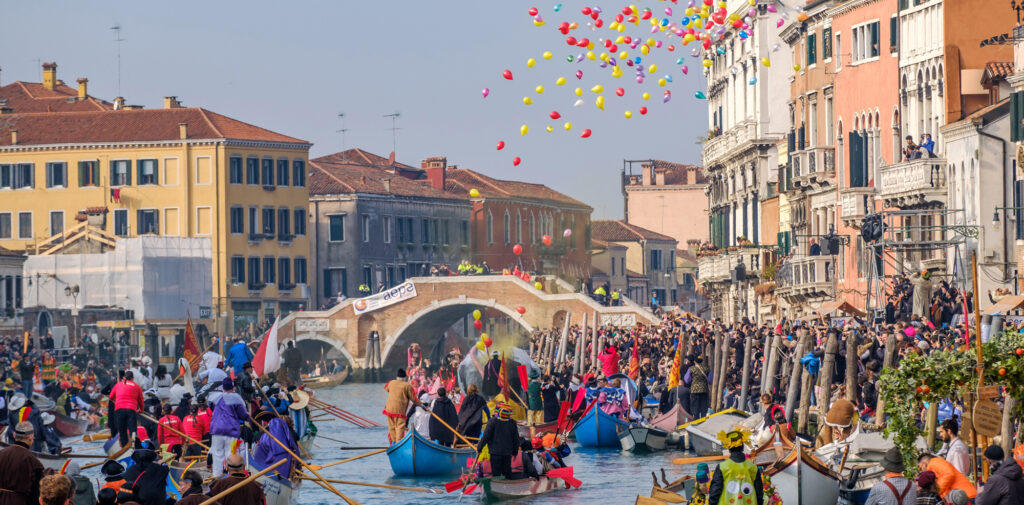
12. Songkran Festival, Thailand
The Songkran Festival in Thailand is a vibrant and deeply symbolic celebration that marks the Thai New Year. It’s a time when public spaces across the country transform into lively arenas, embodying the themes of purification and renewal that are central to the festival. This transformation highlights the significant role these spaces play in cultural rituals and community participation.
During Songkran, which typically occurs in mid-April, the streets, parks, and open areas of cities and villages become bustling hubs of activity. One of the most iconic and visually striking aspects of the festival is the water fights. People of all ages take to the streets armed with water guns, buckets, and hoses, engaging in good-natured water battles. This playful tradition is more than just fun; it’s steeped in cultural and spiritual meaning.
Public spaces during Songkran are not just venues for water fights; they are also places where other important cultural practices take place. Temples are crowded with people offering prayers, making merit, and participating in traditional ceremonies. These rituals often involve sprinkling water on Buddha statues and pouring water on the hands of elders as a sign of respect and blessing.
Moreover, the festival has a significant impact on the social and economic aspects of the community. Local businesses thrive during this period, with markets and street vendors offering traditional foods, clothing, and festival-related items. Hotels and tourist attractions also see a surge in visitors, as Songkran attracts tourists from around the world eager to experience this unique cultural event.
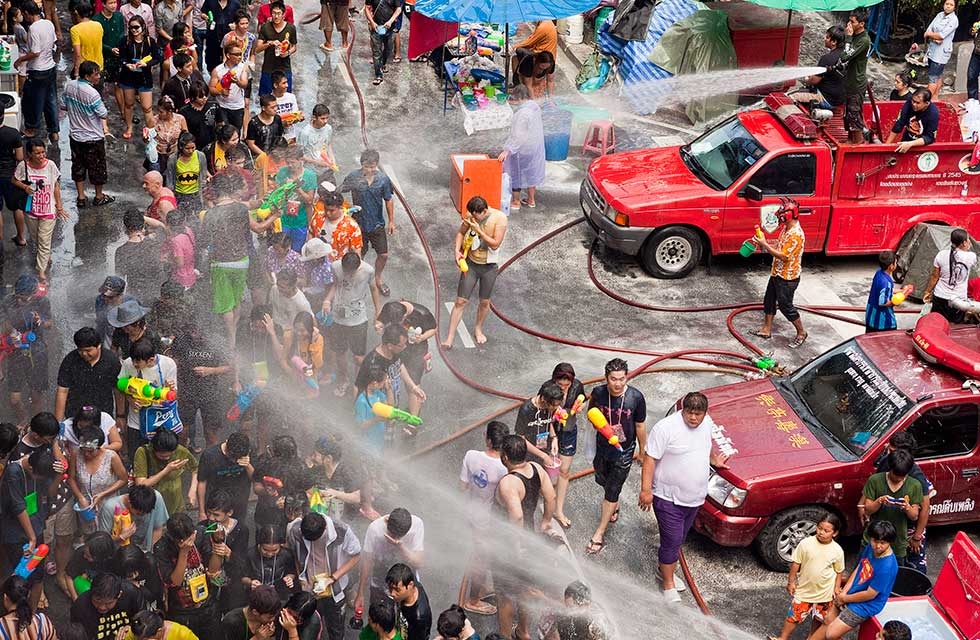
13. Notting Hill Carnival, London, UK
The Notting Hill Carnival in London, UK, is a spectacular annual event that vividly transforms the streets into a vibrant celebration of Caribbean culture. Held every August during the UK’s summer bank holiday, this carnival is not just a festival but a powerful symbol of cultural diversity and community integration, played out in the public spaces of one of London’s most famous neighborhoods.
Originating in the 1960s as a way for Afro-Caribbean communities to celebrate their own cultures and traditions, the Notting Hill Carnival has grown into Europe’s largest street festival. The event is a kaleidoscope of colorful costumes, lively music, and an array of food that brings the Caribbean’s spirit to the heart of London.
The streets of Notting Hill burst into life during the carnival, showcasing the importance of public spaces in celebrating cultural diversity. The carnival procession, with its elaborate floats and costumed performers, winds its way through the streets, accompanied by the rhythmic beats of calypso, soca, and reggae music. The air is filled with the sound of steel bands and the aroma of Caribbean food, creating an immersive experience that is both a feast for the senses and a profound cultural exchange.
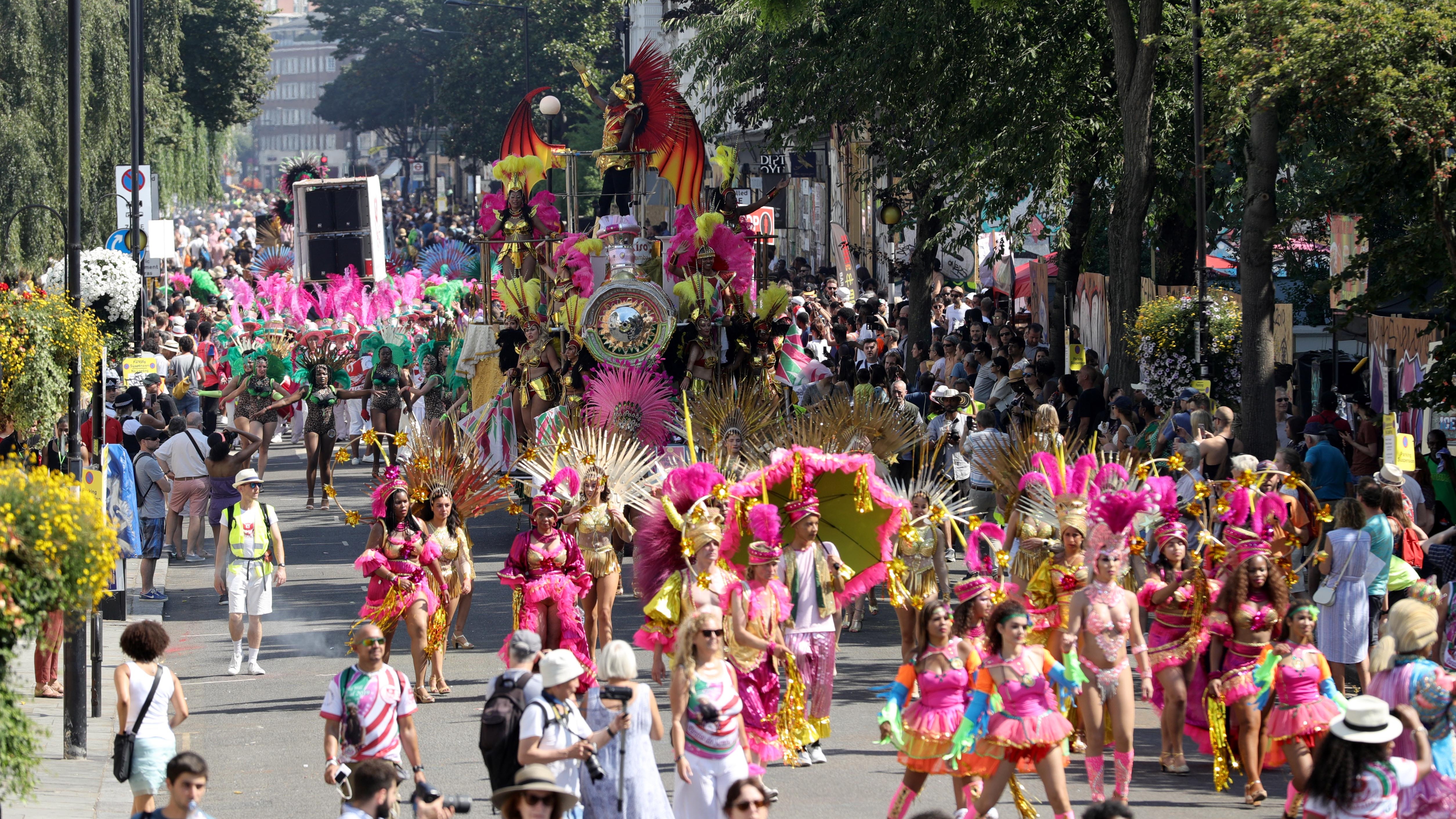
14. White Nights Festival, St. Petersburg, Russia
The White Nights Festival in St. Petersburg, Russia, is a renowned cultural event that takes full advantage of the city’s public spaces, transforming them into venues for an array of artistic performances. This festival, held annually during the season of the midnight sun, when the city experiences nearly 24 hours of daylight, is a celebration of arts, culture, and the unique phenomenon of the “white nights.”
During this time, St. Petersburg’s streets, squares, parks, and along the banks of the Neva River become alive with cultural activities. The festival features a diverse range of events, including classical ballet, opera, music concerts, and exhibitions, showcasing both Russian and international artists. The Mariinsky Theatre often plays a central role in the festival, hosting many of the key performances.
The transformation of public spaces into venues for artistic performances during the White Nights Festival highlights their role in cultural enrichment. These spaces, often historical and architecturally significant, provide a majestic backdrop to the events, enhancing the audience’s experience and creating a unique fusion of art and urban environment. The open-air concerts and performances make art accessible to a broader audience, not just to those who frequent traditional theaters and galleries.
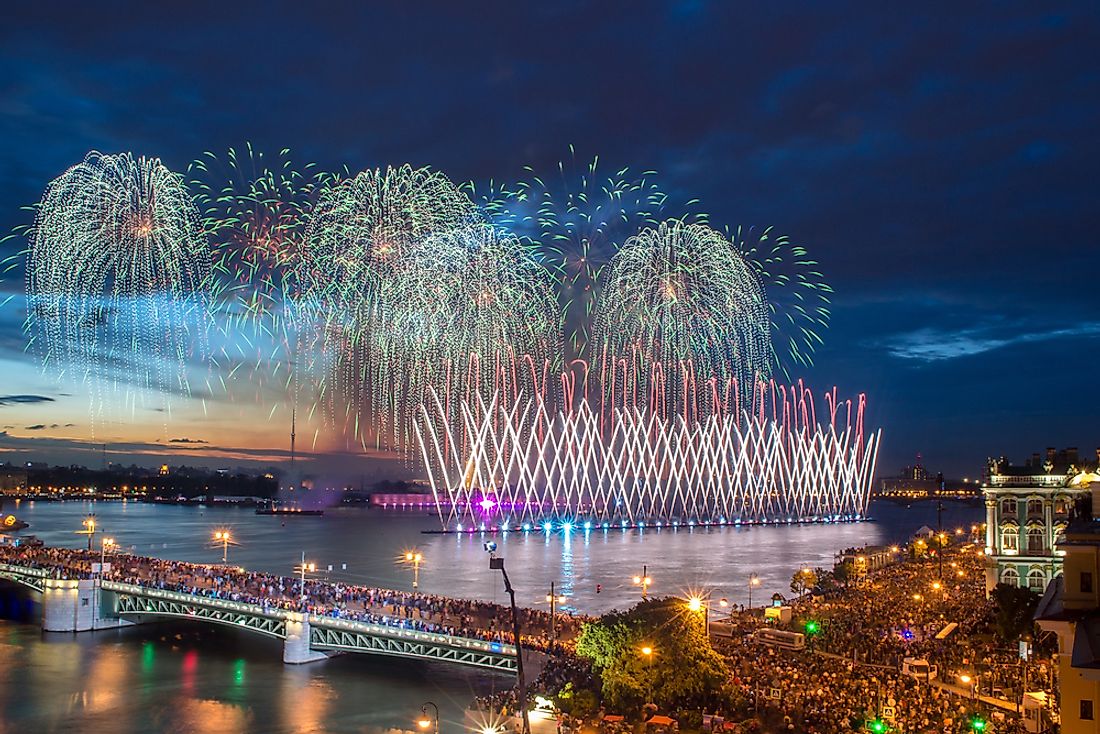
15. Lantern Festival, Taiwan
The Lantern Festival in Taiwan is a captivating event that beautifully illustrates the use of public spaces for cultural and communal celebrations. Held on the 15th day of the first lunar month, marking the end of the Chinese New Year celebrations, this festival is particularly famous for the release of sky lanterns, creating a communal atmosphere and a visually stunning spectacle.
During the festival, public spaces across Taiwan, especially in places like Pingxi, are transformed into venues of collective celebration and joy. The main attraction is the release of thousands of sky lanterns into the night sky. These lanterns, traditionally made of paper with a bamboo frame and a fuel cell at the bottom, are released by individuals, families, and groups, each carrying their wishes and hopes into the heavens.
This act of releasing lanterns is deeply symbolic, representing the letting go of past troubles and the welcoming of future prospects. The sight of countless lanterns rising slowly into the night sky creates a magical and serene atmosphere, turning the sky into a canvas of light and color. It’s a moment of shared wonder and reflection, bringing together people from diverse backgrounds in a singular, harmonious experience.
The communal aspect of the Lantern Festival is a significant part of its charm. In public spaces, people gather not just to release lanterns but also to enjoy traditional foods, watch performances, and participate in various activities. The festival is a time for community bonding, where the act of coming together in public spaces strengthens social ties and fosters a sense of belonging.
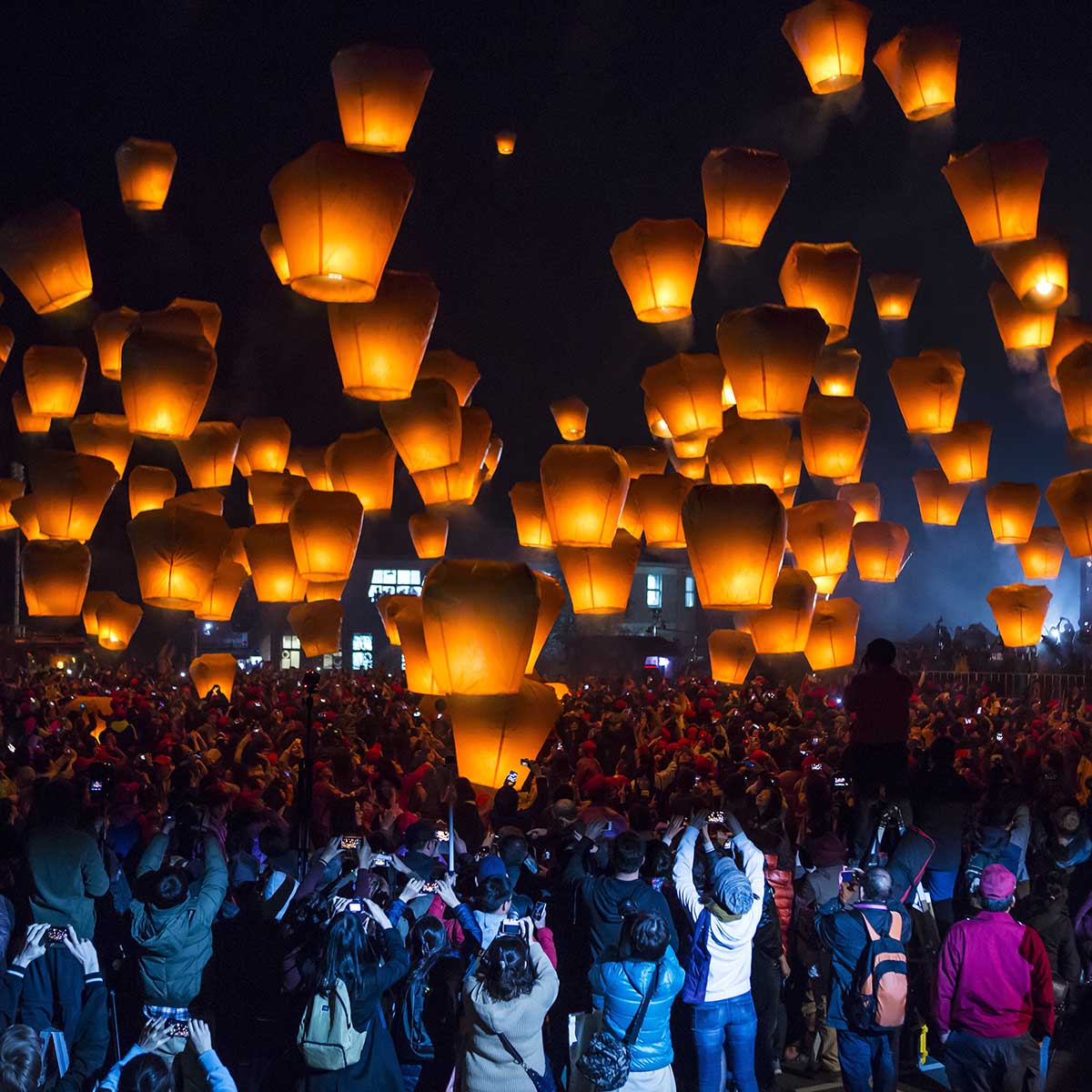
16. Albuquerque International Balloon Fiesta, New Mexico, USA
The Albuquerque International Balloon Fiesta in New Mexico, USA, is a spectacular event that showcases the unique use of public spaces for hosting large-scale, visually captivating experiences. Held annually in October, this event is renowned for being the largest hot air balloon festival in the world.
The Fiesta takes place in the vast open skies and fields of Albuquerque, providing an ideal backdrop for this extraordinary event. The clear blue skies of New Mexico become a canvas for the vibrant and varied colors of hundreds of hot air balloons. The sight of these balloons, ranging from traditional shapes to imaginative and whimsical designs, floating gracefully en masse is truly a breathtaking spectacle.
This event highlights the importance of public spaces in hosting unique events that can draw international attention. The open fields allow for the safe launch and landing of a large number of balloons, while also accommodating the thousands of spectators who flock to the event. It’s a place where people from all over the world gather to share in the wonder and excitement of ballooning.
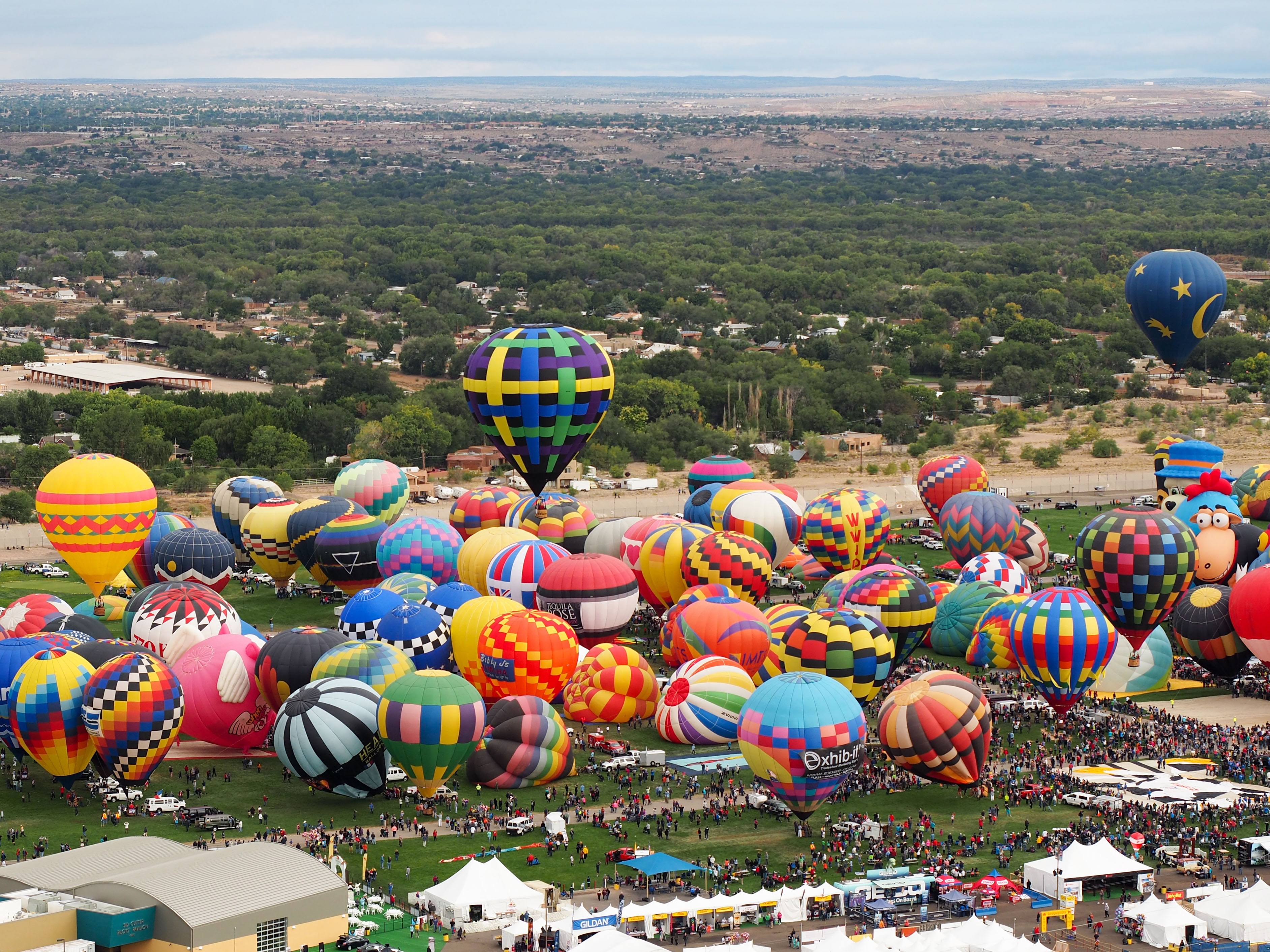
17. Cherry Blossom Festival, Tokyo, Japan
The Cherry Blossom Festival, or “Sakura Matsuri,” in Tokyo, Japan, is an iconic celebration that highlights the central role of parks and public gardens in fostering community bonding and appreciation of natural beauty. The festival occurs in early spring, a time when cherry blossoms, or “sakura,” bloom across the city, creating breathtaking scenes of delicate pink and white flowers.
During the festival, parks and public gardens become the heart of community activities. The tradition of “hanami,” or flower viewing, involves people gathering under the blooming cherry trees to enjoy picnics, music, and the company of friends and family. This practice is deeply rooted in Japanese culture and symbolizes the beauty and transient nature of life, as the cherry blossoms bloom brilliantly but only for a short period.
The public spaces of Tokyo are transformed into lively and communal areas, where the beauty of nature is celebrated and shared. The Cherry Blossom Festival is not just a local event; it attracts visitors from around the globe, eager to witness the ethereal beauty of the sakura. This influx of visitors supports local businesses and promotes cultural exchange.
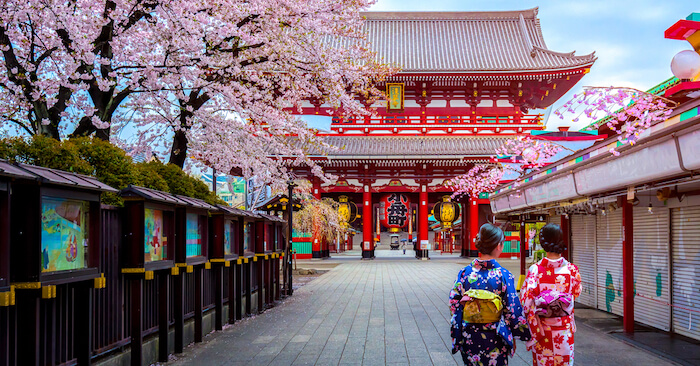
18. Kumbh Mela, India
The Kumbh Mela in India is an extraordinary festival that underscores the importance of public spaces, particularly along holy rivers, for spiritual gatherings and cultural exchanges on a massive scale. Held every three years, rotating among four different locations – Haridwar (on the Ganges), Prayagraj (at the confluence of the Ganges, Yamuna, and the mythical Sarasvati), Nashik (on the Godavari), and Ujjain (on the Shipra) – the Kumbh Mela is one of the world’s largest religious gatherings.
This festival is deeply rooted in Hindu mythology and is a significant event for Hindu pilgrims. According to tradition, it commemorates the mythical battle between gods and demons over the nectar of immortality. During the festival, millions of devotees converge on the banks of these sacred rivers to bathe, believing that doing so will cleanse them of their sins and help them attain salvation.
The use of public spaces along the rivers for the Kumbh Mela is crucial. These areas become temporary homes for a vast number of pilgrims and ascetics (sadhus) from different Hindu sects. The banks of the rivers are transformed into sprawling tent cities, with various organizations and religious groups setting up camps. The scale of the event is so large that it requires extensive planning and coordination to ensure safety, sanitation, and order.
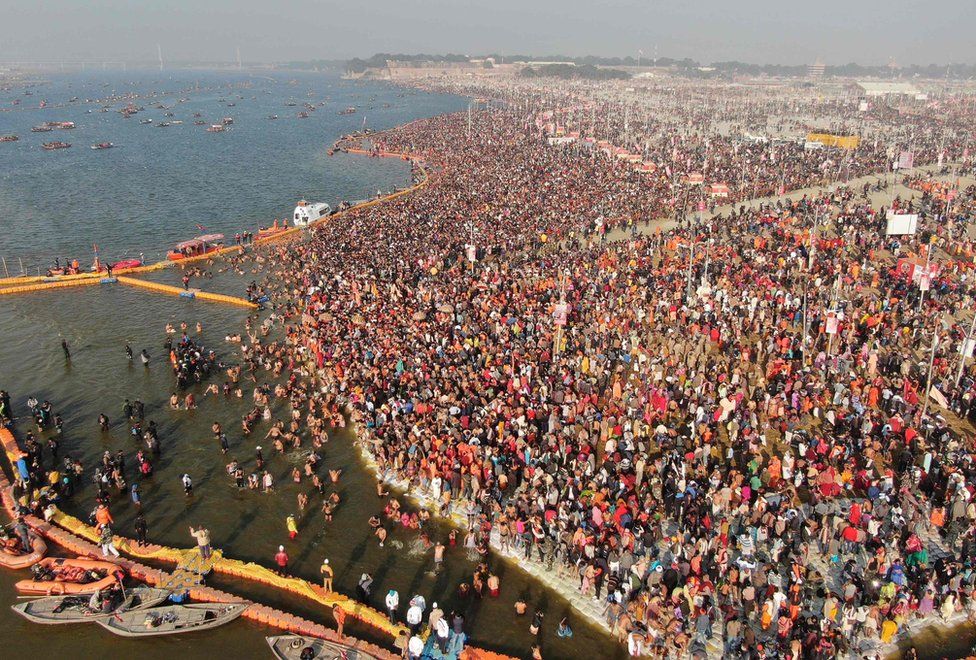
19. Comic-Con International, San Diego, USA
Comic-Con International in San Diego, USA, is a prime example of how convention centers and public venues can transform into key spaces for fan gatherings, highlighting the significant role of public spaces in supporting subcultures and the entertainment industry. This annual event, typically held in the summer, has grown from a small comic book convention into one of the largest and most influential pop culture events in the world.
At Comic-Con, the San Diego Convention Center and surrounding areas become a hub for fans of comic books, movies, TV shows, gaming, and other aspects of popular culture. These public spaces are crucial for accommodating the large crowds that the event attracts. They provide a venue where fans can come together to celebrate their favorite aspects of pop culture, participate in panels and workshops, and meet creators and celebrities.
The transformation of these spaces during Comic-Con is remarkable. The convention center is filled with elaborate booths from major entertainment companies, showcasing upcoming projects and merchandise. The event also features areas for artist alleys, where comic book artists and writers display their work and interact with fans. Additionally, the public spaces around the convention center become part of the event, with outdoor activities, promotional events, and even pop-up installations related to popular movies and TV shows.
Comic-Con is significant in how it supports and validates subcultures associated with geek culture. It provides a space where fans can express themselves, often through cosplay, where they dress up as their favorite characters. This expression of fandom is not just a form of entertainment; it’s a form of identity and community for many attendees.

20. Montreal Jazz Festival, Canada
The Montreal Jazz Festival in Canada is a stellar example of how public squares and streets can be utilized to make arts and culture more accessible to a wider audience. This festival, renowned as one of the largest jazz festivals in the world, transforms the heart of Montreal into a vibrant hub of musical activity every summer.
During the festival, various public spaces in downtown Montreal, including squares like Place des Arts and streets in the Quartier des Spectacles, become open-air concert venues. These spaces are key to the festival’s ethos of accessibility and inclusivity. By hosting concerts and performances in public areas, the festival breaks down the barriers that often exist around the arts, allowing people from all walks of life to experience world-class jazz and related musical genres.
The transformation of urban spaces into venues for the Montreal Jazz Festival serves several important functions. Firstly, it brings music directly to the people, creating an inviting and inclusive atmosphere. The festival’s use of outdoor stages and free performances ensures that everyone, regardless of their economic background, can enjoy the music. This approach democratizes access to the arts, fostering a broader appreciation and engagement with music.
Moreover, the festival’s presence in public spaces contributes to the vibrant urban culture of Montreal. Streets and squares usually dedicated to everyday urban life are reimagined as places of celebration, creativity, and community. This not only enhances the city’s cultural landscape but also encourages residents and visitors to interact with the city in new and exciting ways.
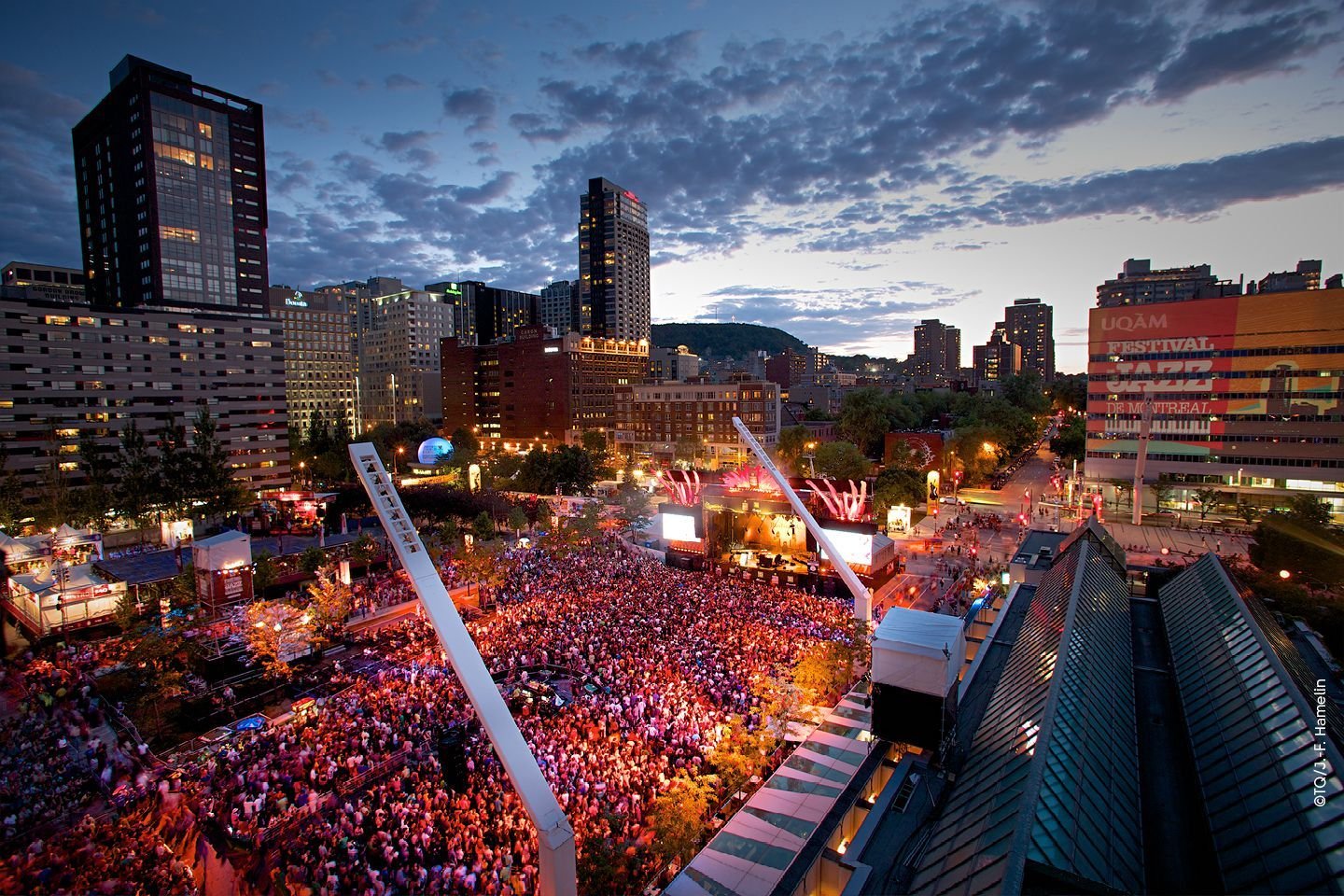
Conclusion:
In conclusion, the significance of public spaces in shaping the cultural, social, and economic landscape of societies worldwide cannot be overstated. These spaces serve as more than just physical locations; they are dynamic platforms where cultural identity is expressed and celebrated, community bonds are strengthened, and economic opportunities flourish.

Urban Design Lab
About the Author
This is the admin account of Urban Design Lab. This account publishes articles written by team members, contributions from guest writers, and other occasional submissions. Please feel free to contact us if you have any questions or comments.
Related articles

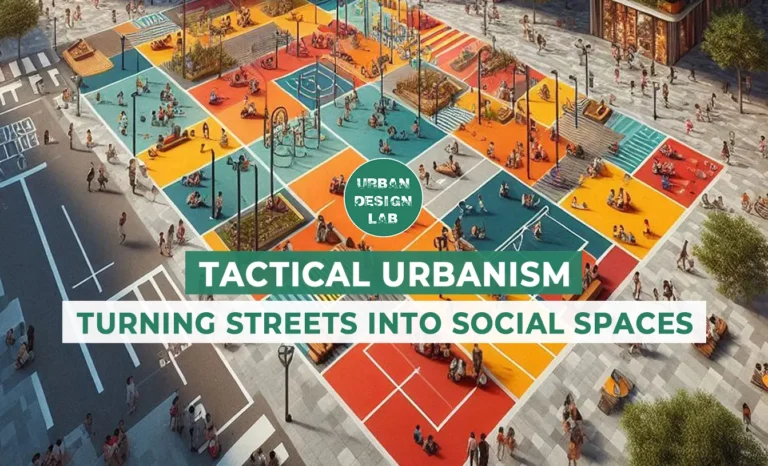
Tactical Urbanism: Turning Streets into Social Spaces
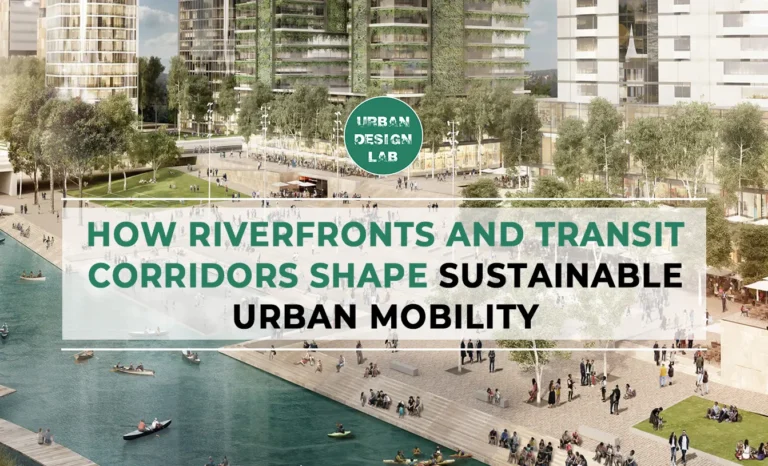
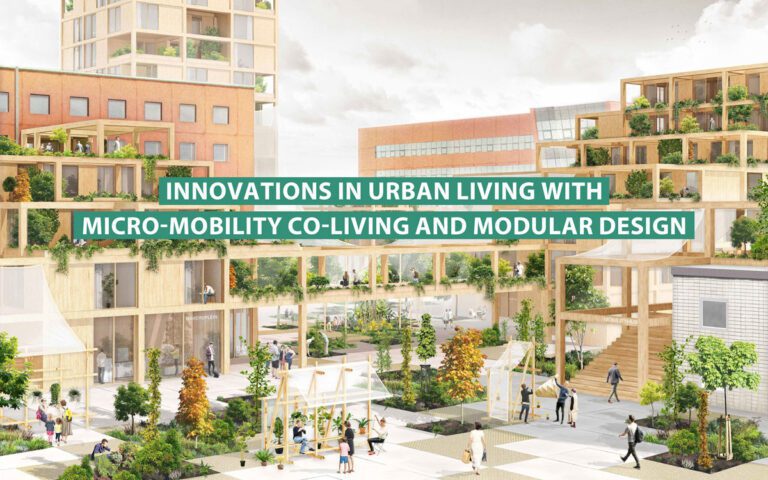
Micro-Mobility and Modular Design in Urban Living
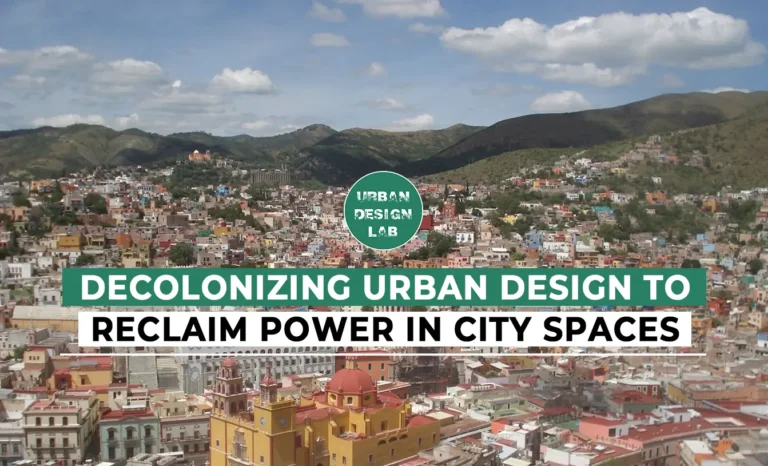
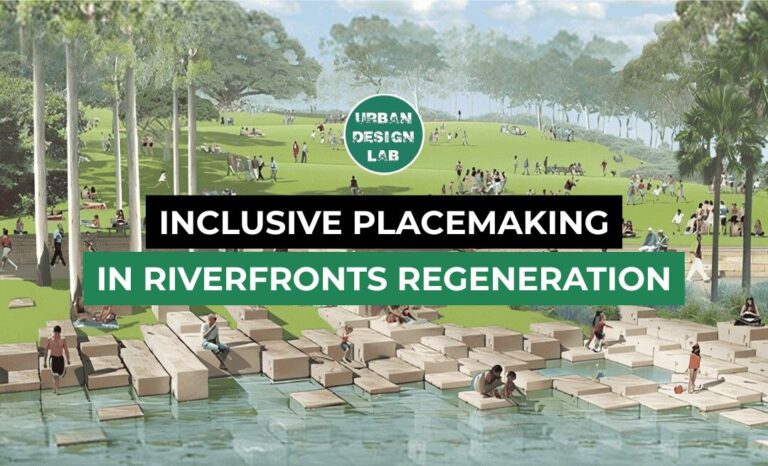
5-Days UDL GIS
Masterclass
GIS Made Easy – Learn to Map, Analyse, and Transform Urban Futures
Session Dates
14th-18th July 2025

Free E-Book
From thesis to Portfolio
A Guide to Convert Academic Work into a Professional Portfolio”
Recent Posts
- Article Posted:
- Article Posted:
- Article Posted:
- Article Posted:
- Article Posted:
- Article Posted:
- Article Posted:
- Article Posted:
- Article Posted:
- Article Posted:
- Article Posted:
- Article Posted:
- Article Posted:
- Article Posted:
- Article Posted:
Sign up for our Newsletter
“Let’s explore the new avenues of Urban environment together “


























